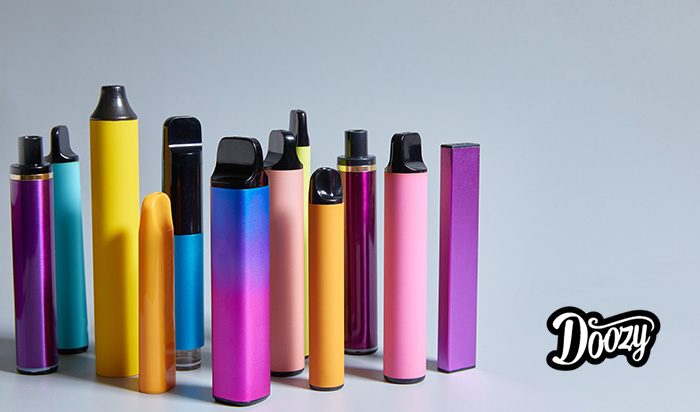
The vape industry in the united states, like the construction industry, operates under a framework where safety, innovation, and compliance are paramount. Both industries rely heavily on technological advancements and stringent regulations to ensure safety and tugboat 8500 puffs quality, meeting the needs of a demanding consumer market.
Vaping products, from vape pens to e-liquids, are under the regulatory oversight of the U. S. Food and Drug Administration (FDA), which mandates strict manufacturing standards to protect consumers. Similarly, construction companies in the U. S. are held to high standards, often enforced by the Occupational Safety and Health Administration (OSHA), to protect workers and the public. Safety is non-negotiable in both fields, and adherence to safety regulations plays a central role in maintaining credibility and market presence.
In the construction industry, contractors work within rigorous building codes and adhere to guidelines that determine everything from material selection to structural integrity. These regulations help prevent potential hazards, ensuring the durability and safety of buildings and infrastructures. The vape industry faces comparable standards, as manufacturers must follow guidelines that regulate the ingredients in e-liquids, packaging, and product labeling. Both industries emphasize safety to maintain public trust, adapting their practices as regulations evolve.
Technology is another vital component in both fields, propelling innovation and enhancing efficiency. Construction companies, for instance, have incorporated Building Information Modeling (BIM), drones, and virtual design software to improve accuracy and project management. These tools enable contractors to create detailed plans, anticipate material needs, and improve on-site safety. In a similar way, the vape industry leverages technology to develop products with diverse flavors and nicotine levels, catering to the varied preferences of adult consumers. Just as construction companies use advanced technology to meet the requirements of complex projects, vape manufacturers employ technological innovation to stay competitive while complying with FDA standards.
Consumer demand also shapes both industries significantly. In the construction sector, clients increasingly prioritize eco-friendly materials and energy-efficient designs. U. S. contractors respond to these demands by incorporating sustainable materials like recycled metals, energy-efficient windows, and smart technology systems. Likewise, vape manufacturers respond to market preferences by offering products in various nicotine concentrations and flavors, allowing consumers to select options that match their lifestyle and health considerations. Just as consumers push for eco-conscious options in construction, vape users often seek products that cater to their specific preferences, from flavor variety to nicotine levels.
In addition to regulatory challenges, both the construction and vape industries face financial considerations that affect their operations. Contractors plan budgets meticulously, factoring in costs for materials, labor, and equipment. Vape companies, in turn, manage production costs while contending with taxes, regulatory fees, and other financial obligations. In both fields, businesses seek to balance cost-efficiency with quality and compliance. A contractor might select durable yet cost-effective materials to stay within budget, while a vape company might streamline production to keep products affordable without compromising safety.
Adapting to evolving regulations is essential in both sectors. Construction companies navigate state-specific building codes, zoning laws, and environmental regulations, often requiring contractors to adjust materials, methods, or project timelines. Vape manufacturers face similar challenges with varying regulations across states, affecting product ingredients, age restrictions, and advertising rules. Both industries constantly evolve to meet regulatory standards, a shared commitment that enables them to stay competitive and trustworthy in a dynamic market.
In conclusion, the U. S. vape and construction industries share an emphasis on regulatory compliance, innovation, and consumer satisfaction. Their approach to balancing these aspects demonstrates how safety and flexibility allow industries to grow and succeed. Both sectors, by staying attuned to regulations and consumer needs, continue to contribute positively to the economy and public well-being.